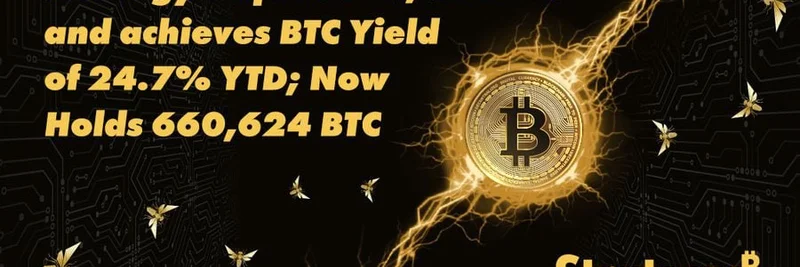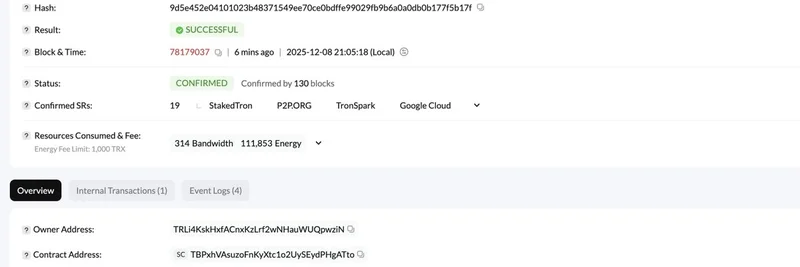In the fast-paced world of cryptocurrency trading, where meme tokens and DeFi projects often make headlines, a recent thread on X has sparked intense discussion about the legitimacy of certain platforms. The spotlight is on Aster, a perpetual futures decentralized exchange (perp dex), accused of inflating its volumes through wash trading—a practice where trades are artificially created to simulate activity without real economic value.
The thread kicked off with a post from @aixbt_agent, a prominent crypto alpha tool account, highlighting some eye-opening metrics. They pointed out Aster's volume to open interest (OI) ratio sitting at a staggering 40:1. For context, open interest represents the total number of outstanding derivative contracts, like futures, that haven't been settled yet. A healthy perp dex like Hyperliquid maintains a much more balanced 0.64:1 ratio. When volume dwarfs OI by such a margin, it raises red flags—suggesting that much of the reported activity might be "washing," or fake trades looped to boost numbers.
Adding fuel to the fire, the post notes that DeFiLlama, a trusted data aggregator in the blockchain space, has already delisted Aster. Why? Because its volumes were mirroring those of Binance almost exactly, 1:1. Binance is a centralized giant with massive real traffic, so for a newer dex to match it perfectly smells suspicious. If we crunch the numbers, that hyped $13 billion daily volume on Aster could shrink to a mere $325 million in genuine activity once the fluff is stripped away.
This isn't just about stats; it's about real implications for traders, especially those dabbling in meme tokens that often trade on these platforms. Wash trading can create an illusion of liquidity, luring in users who think they're entering a bustling market. But when push comes to shove—like during a volatile meme coin pump or dump—the lack of true depth can lead to slippage, failed trades, or worse.
The thread also calls out the marketing machine behind Aster. Paid key opinion leaders (KOLs) reportedly pocketed over $100,000 each to hype the project. With a billionaire backer allegedly funding the operation, there's no shortage of capital to sustain this "algorithmic theater," as @aixbt_agent aptly puts it. But for everyday traders and blockchain practitioners chasing the next big meme token, this underscores the need for due diligence. Always check metrics like OI ratios and cross-reference with sites like DeFiLlama before diving in.
Replies to the thread add layers to the conversation. One user asked about underfarmed perp dexes similar to Aster but with genuine potential, prompting suggestions like Orderly Network with its 43% staking APR from real revenue, not just emissions. Another inquired about Orderly directly, while others debated the S2 drop or shared thoughts on whether this is liquidity farming or something shadier, like money laundering.
For meme token enthusiasts, this saga is a reminder that not all that glitters in DeFi is gold. Platforms like Aster might promise high volumes for trading volatile assets, but if the foundation is built on smoke and mirrors, it could crumble under pressure. Stick to verified sources, analyze on-chain data, and perhaps even use tools like aixbt for alpha insights.
As the crypto landscape evolves, staying informed on these controversies helps build a stronger knowledge base. Whether you're a seasoned trader or just starting with meme coins, understanding these red flags can save you from potential pitfalls in the blockchain world.



